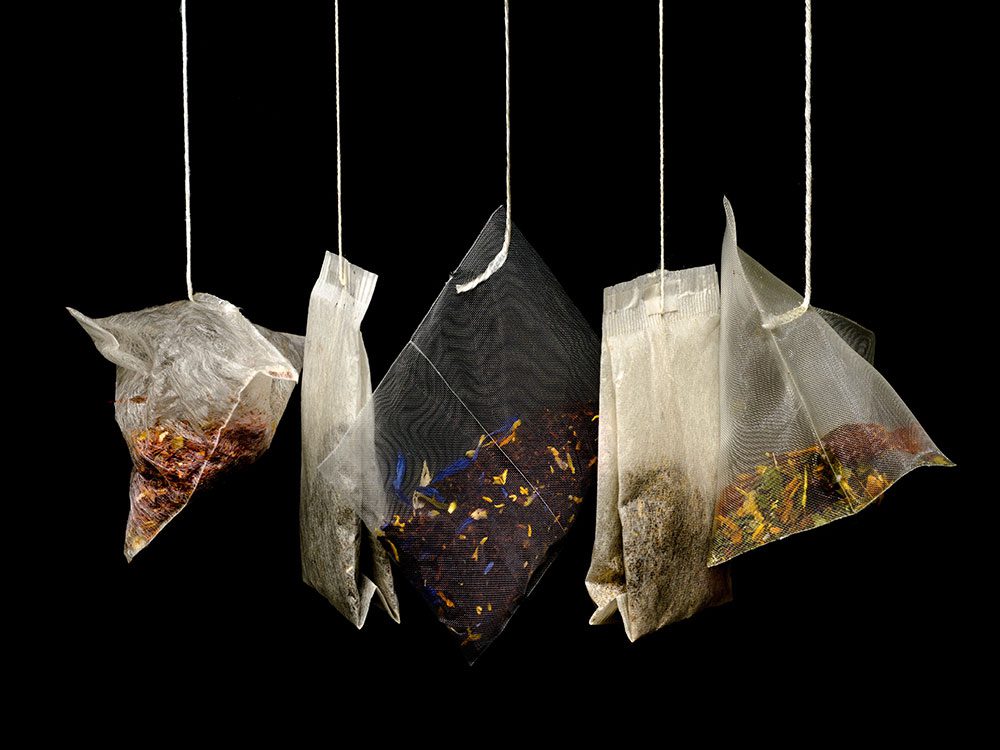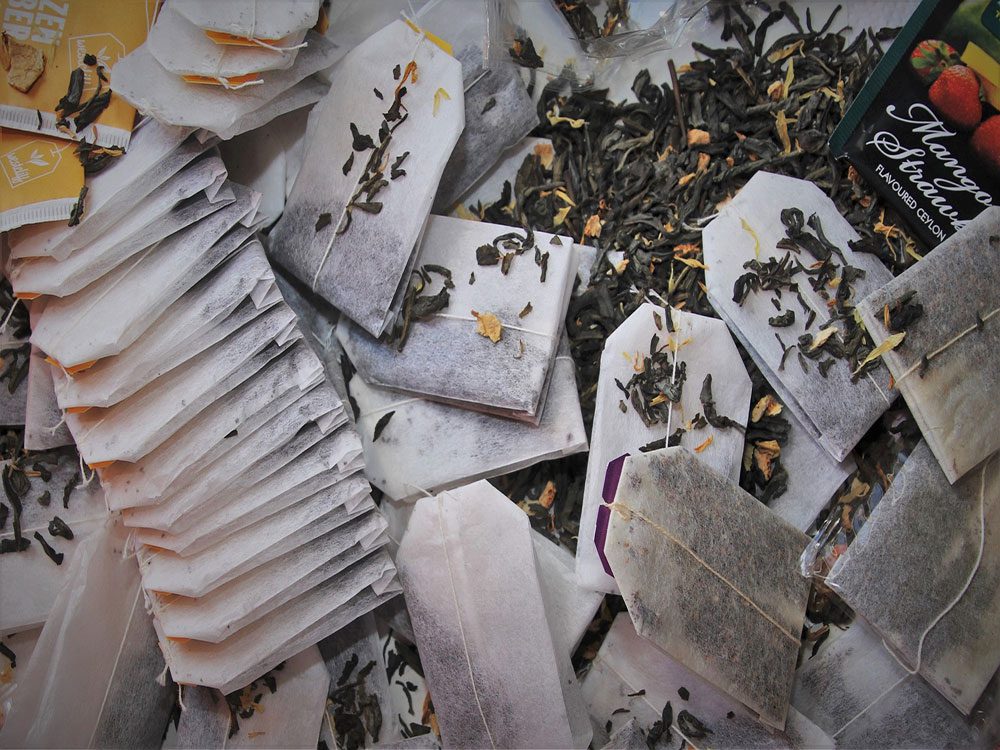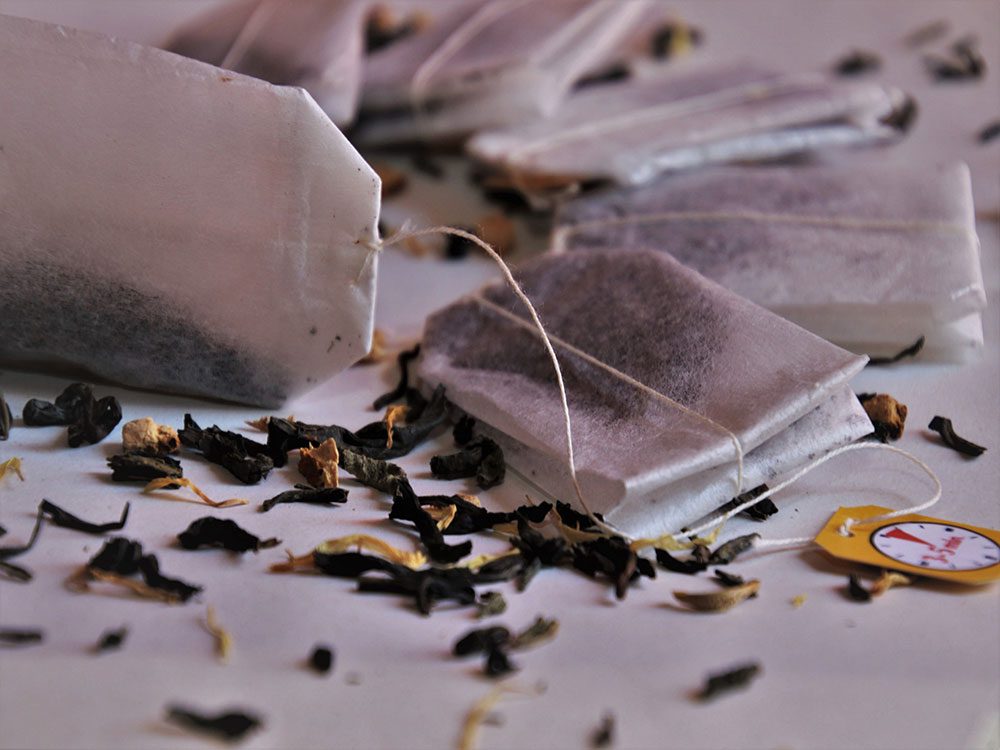Tea bags make one of the smartest and most useful solutions in order for someone to enjoy his tea. They facilitate our lives and especially if you are tea lovers and are willing to constantly taste new varieties. Tea is also one of the most beneficial drinks that someone can consume. Boasting a long history, it is nowadays one of the most preferable drinks among humans worldwide. Below, you are going to learn the history behind the tea bags.
How the use of tea bags started
FIRST THEORY
During the first years of tea consumption, people used to put it in big teapots. Then tea used to be in bunches and they spilt water on them. This process but also the quantity of the tea, which was less than a bunch, was even for those who wanted to drink just a cup of it. It was obvious that there was a big waste of tea, thus the first tea bags appeared.
The history of the tea bags presents a dual theory. Two stories seem to have played the biggest part in their invention. Let’s start with the most popular New York tea merchant, Thomas Sullivan. He, in 1908, wanted to send tea samples to his customers in order to increase his sales and to do so he chose small silk bags. Some of his customers thought that these pouches had to be immersed in water in order to make tea. So they did not empty the tea that was inside and that means that the tea bags were discovered by accident.

Sullivan did not realize what had happened until his clients began complaining about the tea orders he sent, as the tea was not in tea bags. That is when he realized the convenient use of tea bags and began to produce them on a commercial scale. Of course silk is a great material but very expensive and for this reason he chose gauze for the placement of tea. Of course, another reason that silk was replaced was because it was not permeable enough to diffuse the tea into the water.
So Sullivan soon launched gauze tea bags. The ease and practicality of this “packaging” had a great response and very quickly everyone asked for their tea to be placed in tea bags. Those tea bags had about the same shape as today, tied with a rope and the tea label on the other end.
SECOND THEORY
A second equally famous theory that may be behind the tea bags is that of Roberta C. Lawson and Mary Molaren. On August 26, 1901, seven years before Sullivan, the two women from Milwaukee applied for a patent to the “Tea-Leaf Holder”, seeking to secure the invention. Their application was approved on March 24, 1903, but they themselves did not promote the idea of tea bags on the market. According to the ladies above, when you make tea in an entire teapot, very large quantities of it are wasted, since it is not a drink served cold. This realization led them to invent a cotton/cloth bag, sewn by hand. Inside they placed tea, which could be put in a cup and filled with boiling water. So everyone could have fresh tea whenever and in whatever quantity he wished. In addition, in this way, thanks to the cloth bag, the tea leaves did not diffuse into the cup of water.

The tea bags and their development up to date
Over the years tea and specifically tea bags have become more and more popular and beloved. During the World War I, in Germany, the Teekanne company began distributing tea bags to soldiers as part of their meal. These tea bags were small cotton bags with tea and sugar ready to be dipped in water. These were nicknamed “tea bombs”. This was the beginning of gaining popularity on the European continent.
The first paper bags, similar to today’s, were invented by William Hermanson, who worked in a paper industry in Boston. They were made of paper fibers and had high resistance to high temperatures. Many questioned the use of the paper and were hesitant about the idea, believing that the taste of the tea would be affected. Hermanson, however, sold his patent to the Salada Tea Company in 1930, and by the end of the decade, tea bags were being mass-produced in large numbers.
Αs for their shape, the tea bags continued to be pouch-shaped for several years, until they were replaced by rectangular tea bags in 1944. In 1949, Teekanne launched the “double chamber” tea bag without the use of glue, which thanks to the special paper folding technique allowed water to circulate more freely between the tea leaves, offering a better taste. It should be noted at this point that the tea bags were launched in many shapes, from pouch, rectangle, square, round, cylindrical, pyramid and many more with the most classic being the square / rectangular bag to date.
Attitudes towards the tea bags and pioneer companies
In the USA, the tea bag met huge success, as it was fast and convenient. In England, on the other hand, people were initially skeptical. In the 50’s however, with the globalization and the trend for an easier and faster everyday life where time is money, the tea bags began to become more popular and slowly spread throughout the developed world, and of course throughout Europe. .
The first company to release tea bags in the United Kingdom was Lipton in 1952, and it was also the first to print instructions for use on the label attached to each tea bag. Finally, we would like to inform you that initially the tea bags were available in two sizes, the individual one for the cup and the family one for the teapot, while an average tea bag contains 1,75 grams of tea. (Note: Mlesna strictly uses 2g of tea for individual sachets). The first company to launch nylon tea bags was the Japanese Fuso, while in recent years biodegradable tea bags have been released which are mostly made from corn starch.
We hope our text brings you a little closer to the story behind the handy and convenient tea bags that we all love and use.

